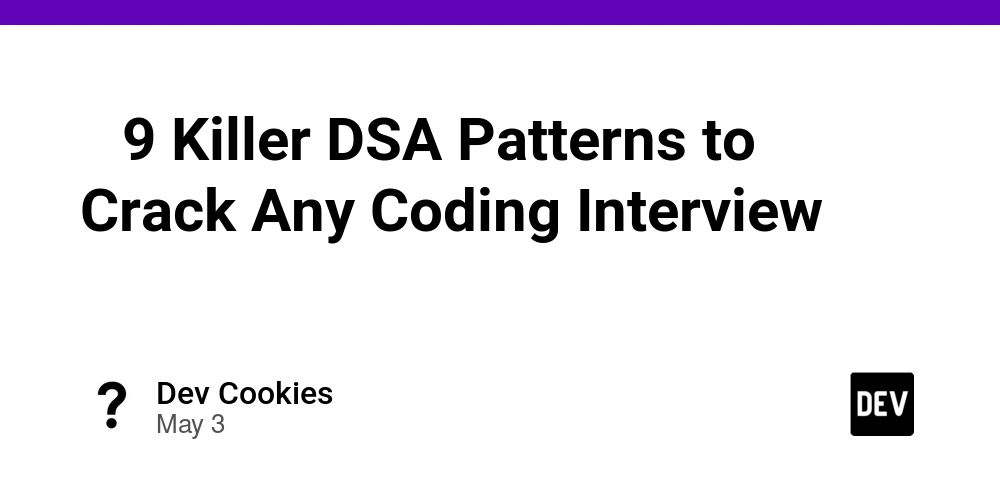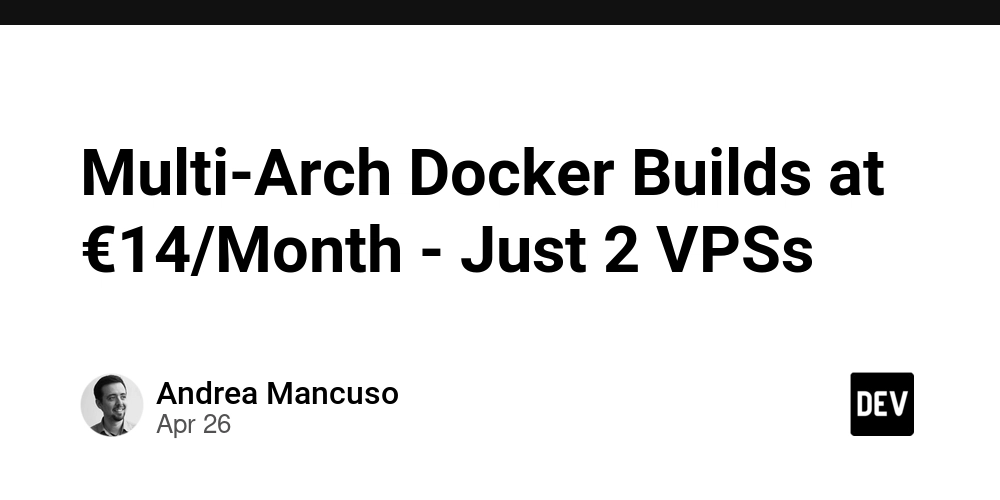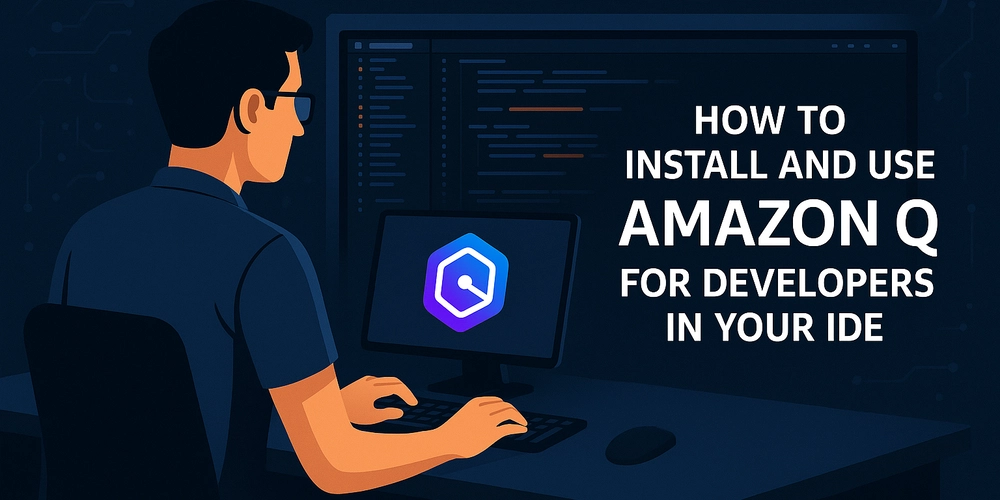Cryptocurrency & Blockchain 101: Bitcoin, Ethereum, dApps, and Beyond
Cryptocurrency and blockchain technology have shifted from niche curiosities to mainstream innovations powering finance, supply chains, gaming, and more. If you’ve ever wondered what makes Bitcoin different from Ethereum, or how decentralized apps (dApps), DeFi, and Web3 fit together, you’ve come to the right place. Let’s demystify the landscape in a calm, practical ZenOfCode style. 1. What Is Blockchain? (Simple Terms) Shared digital notebook: Everyone holds the same copy. Write once, can’t erase. Blocks & chain: Full pages (blocks) glue shut and link in order. No single boss: The group agrees on new pages. Zen tip: Blockchain is trust through transparency—everyone sees the same notebook. 2. Why Was Blockchain Invented? Before blockchain, digital records and money relied on banks or companies to verify and store data. In 2008, Satoshi Nakamoto introduced Bitcoin and its blockchain to: Enable peer‑to‑peer transactions without banks. Guarantee immutability—once recorded, transactions can’t be altered. Allow open participation—anyone can join, verify, and view data. This created a “trustless” system: you don’t trust a single authority, the network enforces honesty. 3. Bitcoin: The Digital Gold Launch: 2009 by Satoshi Nakamoto Consensus: Proof‑of‑Work (PoW)—miners solve puzzles to add blocks. Supply cap: 21 million BTC (deflationary) Use case: Store of value, peer‑to‑peer cash Feature Bitcoin Consensus Proof‑of‑Work (PoW) Supply cap 21 million BTC Block time ~10 minutes Smart contracts Very limited (scripts) Note: PoW secures the network but uses significant energy. 4. Ethereum: The World Computer Launch: 2015 by Vitalik Buterin et al. Smart contracts: Self‑executing code stored on‑chain. EVM: The sandboxed “computer” that runs smart contracts. Consensus: Switched to Proof‑of‑Stake (PoS) in 2022’s “Merge” (‑99% energy). Feature Ethereum Consensus Proof‑of‑Stake (PoS) Supply policy No fixed cap; dynamic issuance Block time ~12–14 seconds Smart contracts First‑class citizens Note: PoS uses far less energy and allows token‑holders to secure the network. 5. Other Blockchains at a Glance Network Consensus Focus Notable dApps / Projects BSC (Binance Smart Chain) PoSA (Staked Authority) Low‑fee DeFi PancakeSwap, Venus Solana PoH + PoS High throughput, low latency Serum, Audius Polkadot Nominated PoS (NPoS) Interoperability (parachains) Acala, Moonbeam Avalanche Snow-based PoS Scalability and subnets Trader Joe, Benqi Analogy: Each blockchain is a café—pick the vibe and speed you like. 6. Decentralized Apps (dApps) A dApp is like a vending machine on the blockchain: You insert coins (crypto). Smart contract runs automatically. You get your snack (service) with no middleman. Core parts On‑chain smart contract (backend logic) Web/mobile UI (frontend) Wallet (e.g., MetaMask) to connect Popular categories DeFi: Aave, Uniswap NFT marketplaces: OpenSea Gaming & metaverse: Axie Infinity DAOs: Aragon, Snapshot 7. What Is DeFi? Decentralized Finance (DeFi) uses blockchain to offer financial services without banks. Lending & borrowing: You lock crypto as collateral to borrow assets (Aave, Compound). Decentralized exchanges (DEXs): Trade assets directly with others (Uniswap, SushiSwap). Yield farming: Earn rewards by providing liquidity. Stablecoins: Crypto pegged to fiat (USDC, DAI) for price stability. Zen tip: DeFi is like an automated market of money lego—compose services without permission. 8. What Is Web3 & Its Evolution? Web1 (1990s–early 2000s): Read‑only web—static pages and basic hyperlinks. Web2 (mid 2000s–today): Read‑write web—dynamic, social, centralized platforms (Facebook, YouTube). Web3 (emerging): Read‑write‑own web—decentralized, user‑owned networks powered by blockchain. Key ideas Ownership: Users truly own data and digital assets via wallets. Permissionless: Anyone can build and use services without gatekeepers. Trustless interactions: Smart contracts enforce rules rather than companies. Evolution summary: Web1 gave information, Web2 enabled interaction, Web3 returns control to users. 9. Vital Concepts to Know Wallets Hot wallets (online): MetaMask, Trust Wallet Cold wallets (offline): Ledger, Trezor Exchanges Centralized: Coinbase, Binance Decentralized: Uniswap, PancakeSwap Gas fees Payment to process transactions (varies by network load). Private key vs. seed phrase Private key: Your secret password to spend crypto. Seed phrase: Backup to recover your wallet. Security Zen: Never share your private key or seed phrase—treat it like your toothbrush. 10. Getting Started: Tools & Tips Explore on testnets (Ropsten, Goerli) before mainn

Cryptocurrency and blockchain technology have shifted from niche curiosities to mainstream innovations powering finance, supply chains, gaming, and more. If you’ve ever wondered what makes Bitcoin different from Ethereum, or how decentralized apps (dApps), DeFi, and Web3 fit together, you’ve come to the right place. Let’s demystify the landscape in a calm, practical ZenOfCode style.
1. What Is Blockchain? (Simple Terms)
- Shared digital notebook: Everyone holds the same copy. Write once, can’t erase.
- Blocks & chain: Full pages (blocks) glue shut and link in order.
- No single boss: The group agrees on new pages.
Zen tip: Blockchain is trust through transparency—everyone sees the same notebook.
2. Why Was Blockchain Invented?
Before blockchain, digital records and money relied on banks or companies to verify and store data. In 2008, Satoshi Nakamoto introduced Bitcoin and its blockchain to:
- Enable peer‑to‑peer transactions without banks.
- Guarantee immutability—once recorded, transactions can’t be altered.
- Allow open participation—anyone can join, verify, and view data.
This created a “trustless” system: you don’t trust a single authority, the network enforces honesty.
3. Bitcoin: The Digital Gold
- Launch: 2009 by Satoshi Nakamoto
- Consensus: Proof‑of‑Work (PoW)—miners solve puzzles to add blocks.
- Supply cap: 21 million BTC (deflationary)
- Use case: Store of value, peer‑to‑peer cash
| Feature | Bitcoin |
|---|---|
| Consensus | Proof‑of‑Work (PoW) |
| Supply cap | 21 million BTC |
| Block time | ~10 minutes |
| Smart contracts | Very limited (scripts) |
Note: PoW secures the network but uses significant energy.
4. Ethereum: The World Computer
- Launch: 2015 by Vitalik Buterin et al.
- Smart contracts: Self‑executing code stored on‑chain.
- EVM: The sandboxed “computer” that runs smart contracts.
- Consensus: Switched to Proof‑of‑Stake (PoS) in 2022’s “Merge” (‑99% energy).
| Feature | Ethereum |
|---|---|
| Consensus | Proof‑of‑Stake (PoS) |
| Supply policy | No fixed cap; dynamic issuance |
| Block time | ~12–14 seconds |
| Smart contracts | First‑class citizens |
Note: PoS uses far less energy and allows token‑holders to secure the network.
5. Other Blockchains at a Glance
| Network | Consensus | Focus | Notable dApps / Projects |
|---|---|---|---|
| BSC (Binance Smart Chain) | PoSA (Staked Authority) | Low‑fee DeFi | PancakeSwap, Venus |
| Solana | PoH + PoS | High throughput, low latency | Serum, Audius |
| Polkadot | Nominated PoS (NPoS) | Interoperability (parachains) | Acala, Moonbeam |
| Avalanche | Snow-based PoS | Scalability and subnets | Trader Joe, Benqi |
Analogy: Each blockchain is a café—pick the vibe and speed you like.
6. Decentralized Apps (dApps)
A dApp is like a vending machine on the blockchain:
- You insert coins (crypto).
- Smart contract runs automatically.
- You get your snack (service) with no middleman.
Core parts
- On‑chain smart contract (backend logic)
- Web/mobile UI (frontend)
- Wallet (e.g., MetaMask) to connect
Popular categories
- DeFi: Aave, Uniswap
- NFT marketplaces: OpenSea
- Gaming & metaverse: Axie Infinity
- DAOs: Aragon, Snapshot
7. What Is DeFi?
Decentralized Finance (DeFi) uses blockchain to offer financial services without banks.
- Lending & borrowing: You lock crypto as collateral to borrow assets (Aave, Compound).
- Decentralized exchanges (DEXs): Trade assets directly with others (Uniswap, SushiSwap).
- Yield farming: Earn rewards by providing liquidity.
- Stablecoins: Crypto pegged to fiat (USDC, DAI) for price stability.
Zen tip: DeFi is like an automated market of money lego—compose services without permission.
8. What Is Web3 & Its Evolution?
Web1 (1990s–early 2000s): Read‑only web—static pages and basic hyperlinks.
Web2 (mid 2000s–today): Read‑write web—dynamic, social, centralized platforms (Facebook, YouTube).
Web3 (emerging): Read‑write‑own web—decentralized, user‑owned networks powered by blockchain.
Key ideas
- Ownership: Users truly own data and digital assets via wallets.
- Permissionless: Anyone can build and use services without gatekeepers.
- Trustless interactions: Smart contracts enforce rules rather than companies.
Evolution summary: Web1 gave information, Web2 enabled interaction, Web3 returns control to users.
9. Vital Concepts to Know
-
Wallets
- Hot wallets (online): MetaMask, Trust Wallet
- Cold wallets (offline): Ledger, Trezor
-
Exchanges
- Centralized: Coinbase, Binance
- Decentralized: Uniswap, PancakeSwap
-
Gas fees
- Payment to process transactions (varies by network load).
-
Private key vs. seed phrase
- Private key: Your secret password to spend crypto.
- Seed phrase: Backup to recover your wallet.
Security Zen: Never share your private key or seed phrase—treat it like your toothbrush.
10. Getting Started: Tools & Tips
- Explore on testnets (Ropsten, Goerli) before mainnet.
- Use faucets to get test tokens.
- Simulate with local chains (Ganache).
- Audit contracts (MythX, CertiK) before deploying.
Conclusion
Blockchain is simply a shared, unchangeable notebook for recording transactions without a central boss. Bitcoin gave us digital gold; Ethereum opened programmable finance; DeFi unlocked permissionless money legos; and Web3 returns data and asset ownership to users. Armed with this understanding—and the right wallets, tools, and security habits—you’re ready to explore and build in the decentralized world.
Stay calm, stay curious, and code (and transact) on.
All information is accurate as of May 2025. Always do your own research before investing or deploying smart contracts.











































































![AirPods 4 On Sale for $99 [Lowest Price Ever]](https://www.iclarified.com/images/news/97206/97206/97206-640.jpg)

![Apple Developing AI 'Vibe-Coding' Assistant for Xcode With Anthropic [Report]](https://www.iclarified.com/images/news/97200/97200/97200-640.jpg)
![Apple's New Ads Spotlight Apple Watch for Kids [Video]](https://www.iclarified.com/images/news/97197/97197/97197-640.jpg)










































































































_Inge_Johnsson-Alamy.jpg?width=1280&auto=webp&quality=80&disable=upscale#)



























































































































![[The AI Show Episode 145]: OpenAI Releases o3 and o4-mini, AI Is Causing “Quiet Layoffs,” Executive Order on Youth AI Education & GPT-4o’s Controversial Update](https://www.marketingaiinstitute.com/hubfs/ep%20145%20cover.png)































































































































































![From Art School Drop-out to Microsoft Engineer with Shashi Lo [Podcast #170]](https://cdn.hashnode.com/res/hashnode/image/upload/v1746203291209/439bf16b-c820-4fe8-b69e-94d80533b2df.png?#)

![[FREE EBOOKS] Learn Computer Forensics — 2nd edition, AI and Business Rule Engines for Excel Power Users & Four More Best Selling Titles](https://www.javacodegeeks.com/wp-content/uploads/2012/12/jcg-logo.jpg)


































































































